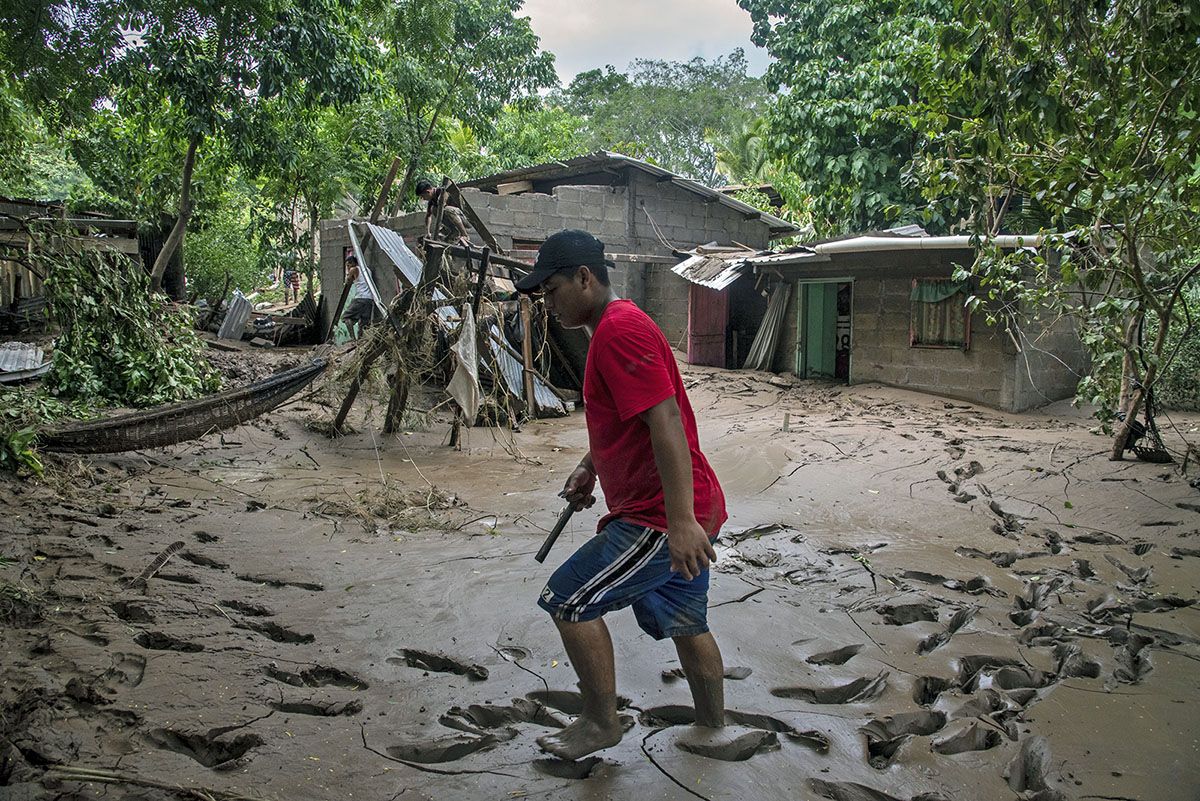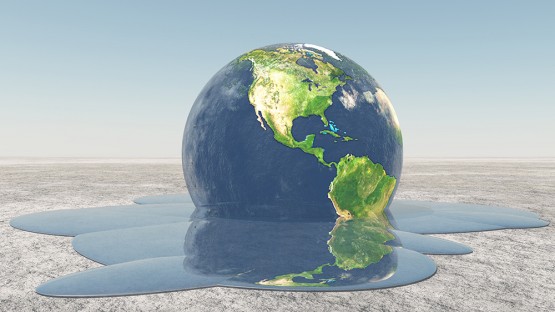Another record-breaking year on planet Earth
theweek.com
The climate crisis is making extreme weather more frequent and severe. There are two main types of extreme weather – what are they and what causes them?

www.weforum.org
Extreme Weather 101: Everything You Need to Know
Apr 11, 2022
- The climate crisis is making many extreme weather events more frequent and more severe.
- There are two main types of extreme weather – weather-related and climate-related.
- Weather-related events are shorter incidents such as tornadoes, deep freezes or heat waves.
- Climate-related events last longer or are caused by a buildup of weather-related events over time. They include droughts or wildfires.
- Here's a summary of all the main types of extreme weather.
What Is Extreme Weather?
Extreme weather is what we call it when a particular weather event like a flash flood or a heat wave is significantly different from the average weather pattern for an area. It is important to understand these events because they can be disruptive and even deadly, harming human communities, agriculture and ecosystems.
Extreme weather can either be weather related or
climate related. Weather-related extreme weather events are shorter incidents like tornadoes, deep freezes or heat waves. Climate related extreme weather events last longer or are caused by a buildup of weather-related events over time. Examples include droughts caused by long dry spells or wildfires caused by an extended drought. Extreme weather events can be caused by
natural cycles like La Niña or more immediate influences like high pressure systems. However, they are becoming more likely because of the climate crisis caused by the human emission of greenhouse gasses.
Scientists typically define an extreme weather event in one of two ways, according to the U.S. Department of Agriculture’s Climate Hubs. The first looks at the likelihood of a given event occurring at a certain intensity during a specific time frame. The second focuses on whether an event passes a particular limit, i.e. if a heat wave exceeds a number of days over 100 degrees Fahrenheit.
Extreme Weather and the Climate Crisis
The climate crisis is making many extreme weather events both more frequent and more severe. A new scientific field called “
extreme event attribution” has emerged to assess the human fingerprints on any particular extreme weather event, such as a storm or heat wave. Carbon Brief drew on more than 350 peer-reviewed attribution studies to create a map of 405 extreme weather events or trends. The research had found that 70 percent of them were made more likely or more severe by human-caused climate change. There are several reasons that climate change has this effect, and they vary depending on the weather event in question.
Drought
The climate crisis raises the likelihood of
drought because higher temperatures lead to more evaporation, reducing surface water and drying out soils and vegetation. Further, increased winter temperatures means that less precipitation falls as snow in some areas. Even if the same amount of precipitation falls overall, this can still lead to drought because some water systems depend heavily on the spring melt from mountain snowpacks. The current megadrought in the U.S. West is calculated to be 42 percent more extreme because of the climate crisis.
Heat Waves
The connection between climate change and heat waves is perhaps the most straightforward. As global temperatures rise, periods of extreme heat naturally increase. In the last decade, daily
record highs in the continental U.S. have occurred twice as often as record lows. Carbon Brief considered 122 studies that looked at extreme heat events or trends and found that 92 percent of the events studied were made more likely or severe because of the climate crisis. For example, the
heat wave that baked France in 2019 was found to be 10 to 100 times more likely because of the burning of fossil fuels.
Hurricanes, Typhoons and Cyclones
The climate crisis has several impacts on tropical storms.
Warmer sea surface temperatures make storms both stronger and wetter. NOAA has predicted that the number of the strongest Category 4 and 5 hurricanes will increase as the climate warms. Further, more
evaporation leads to more moisture in the air, increasing intense rainfall. Scientists estimated that the climate crisis made 2018’s
Hurricane Florence 50 percent wetter. Sea level rise also increases the impact of hurricanes because the storm surge does not have as far to travel.
Hurricane Harvey’s storm surge, for example, gained half a foot because of a combination of sea level rise and land sinking due to oil drilling. How climate change will impact the overall frequency of hurricanes is less clear.
Tornadoes
The impact of the climate crisis on
tornadoes is also uncertain. As far as scientists can tell, there has been no increase in the number of strong tornadoes in the U.S. in the past few decades. There have been more incidents of tornadoes occurring in clusters, and there is some evidence that the overall power of tornadoes is increasing, but there is no clear link between these trends and the climate crisis. There is also evidence that the traditional “
tornado alley” is moving eastward from the Great Plains to the Midwest and Southeast. Scientists say it is possible that climate change is behind the shift, but more research is needed.
Wildfires
Wildfire risk is increasing for much the same reason as drought. Climate change raises temperatures, increases the amount of dry vegetation that serves as wildfire fuel and reduces the amount of water available. This means that when fires ignite, they are more likely to burn larger and with greater intensity. They are also becoming more frequent and the length of the fire season is getting longer. In the U.S. West, the number of large
fires has doubled between 1984 and 2015. Scientists calculated that the climate crisis made Australia’s 2019 and 2020
bushfire season at least 30 percent more likely.
Winter Storms
While climate change may lead to warmer winters overall, it can still increase the amount of snow that falls during
winter storms. This is because it increases the amount of moisture in the atmosphere, which will fall as snow if temperatures dip below freezing. Further, there is some debate as to whether or not Arctic warming destabilizes the jet stream, leading Arctic air to travel south to cause infamous “
polar vortex” cold snaps.






